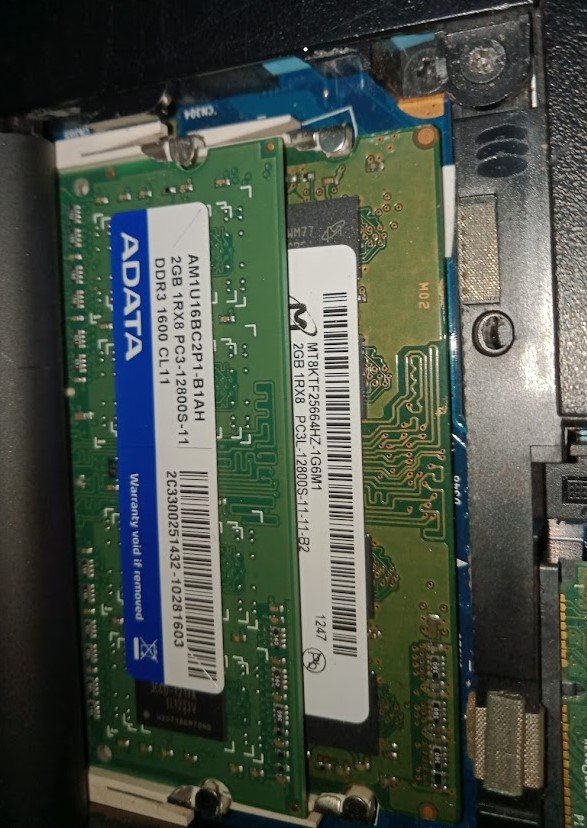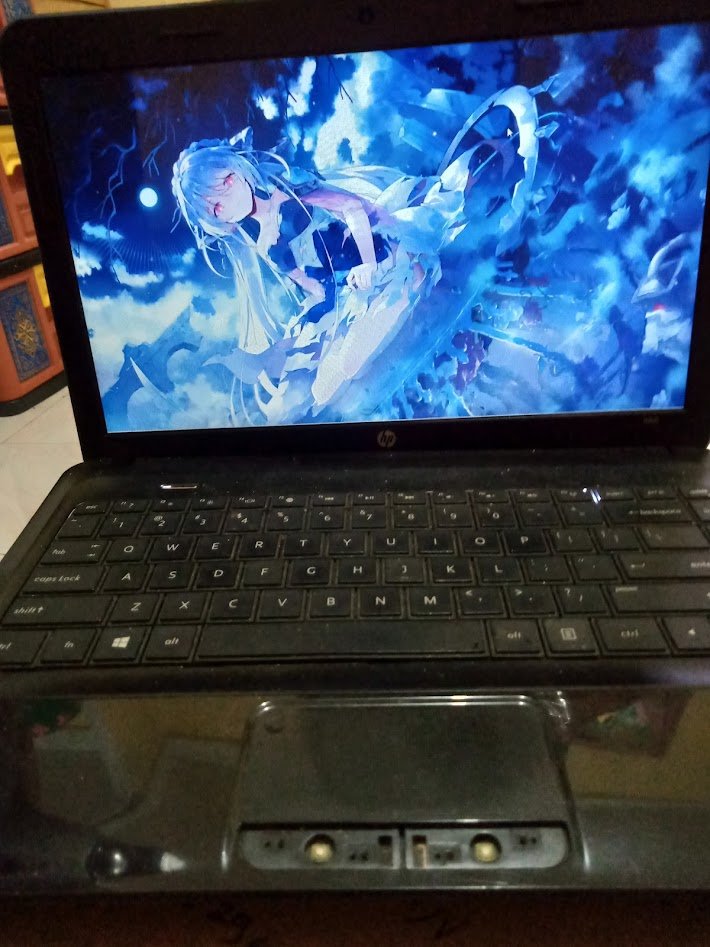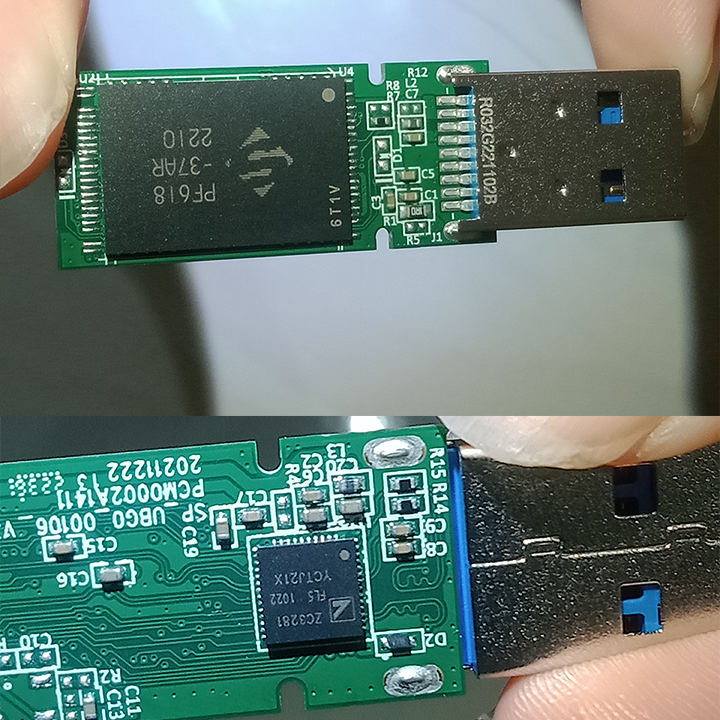Comparing: DDR3 SODIMM 1066MHz [Disk] vs Lexar JumpDrive V100 32GB
In this comparison, we analyze two Disks: DDR3 SODIMM 1066MHz [Disk] and Lexar JumpDrive V100 32GB, using synthetic benchmark tests to evaluate their overall performance. This side-by-side comparison helps users understand which hardware delivers better value, speed, and efficiency based on standardized testing. Whether you're building a new system or upgrading an existing one, this benchmark-driven evaluation offers valuable insights to guide your decision.
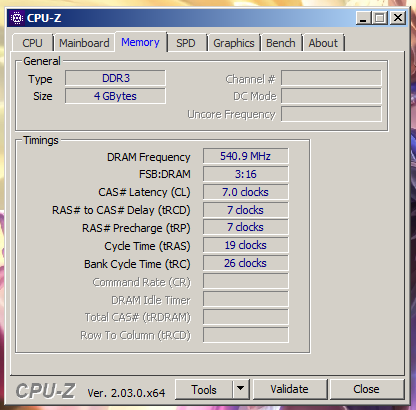
DDR3 SODIMM 1066MHz [Disk]
| Type: | Disks |
|---|---|
| Model: | DDR3 SODIMM 1066MHz [Disk] |
| Capacity: | 2GB |
| Interface: | DDR3 |
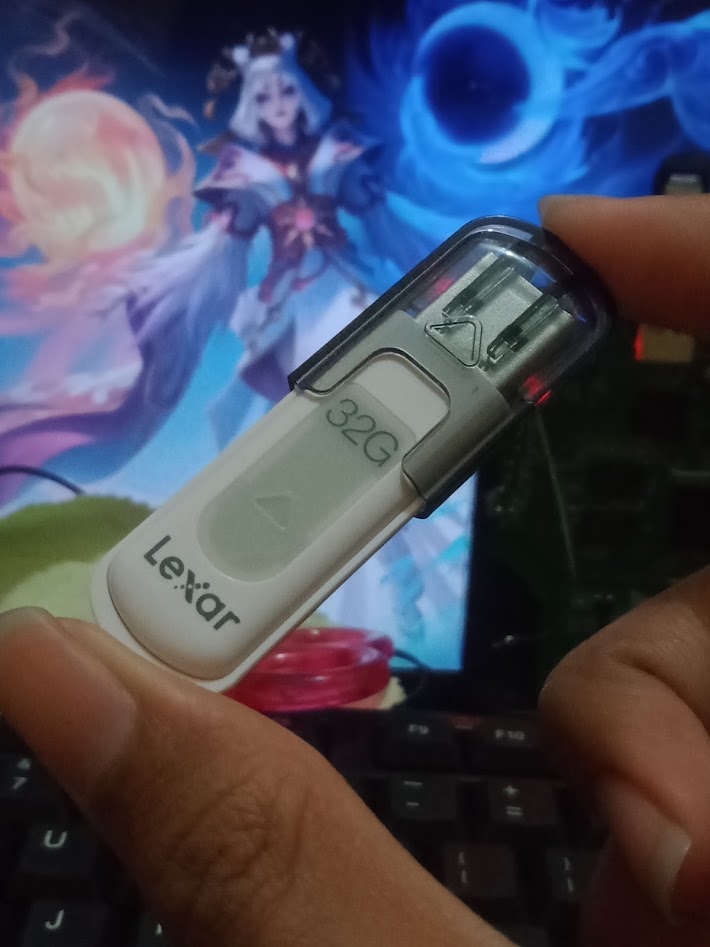
Lexar JumpDrive V100 32GB
| Type: | Disks |
|---|---|
| Model: | Lexar V100 32GB |
| Capacity: | 32GB |
| Interface: | USB 3.0 |
Specification Comparison Table
This specification comparison presents technical details of several devices or components to help you understand the key differences between each option. Use this table as a reference to determine which device best suits your needs.
| Specification | DDR3 SODIMM 1066MHz [Disk] | Lexar JumpDrive V100 32GB |
|---|---|---|
| Brand | - | Lexar |
| Format | RAM Disk | USB FlashDrive |
| Capacity | 2GB | 32GB |
| Interface | DDR3 | USB 3.0 |
Submission Comparison Table
This submission comparison table displays the number and details of benchmark data submissions from various devices or components. This information helps you understand the performance based on the benchmarks that have been tested, as well as providing an overview of the consistency and popularity of the available benchmark results.
| No. | Benchmark Software | DDR3 SODIMM 1066MHz [Disk] | Lexar JumpDrive V100 32GB |
|---|---|---|---|
| 1 | ATTO Disk Benchmark - 64M |
Read: 1020.00 MB/s Write: 1080.00 MB/s |
Read: 140.66 MB/s Write: 25.04 MB/s |
| 2 | Cross Platform Disk Test |
Read: 658.01 MB/s Write: 265.28 MB/s |
Read: 140.92 MB/s Write: 17.44 MB/s |
| 3 | CrystalDiskMark |
Read: 746.24 MB/s Write: 828.18 MB/s |
Read: 143.53 MB/s Write: 34.33 MB/s |
Submission Comparison Chart
This chart visualizes the benchmark scores comparison between two hardware devices based on submitted data.
Media Gallery
A collection of photos of tested hardware. These images can help you identify the physical form, model, and variant of the hardware in question. These photos are from our own documentation, and if they are not available we may not be able to document them.
About Hardware DDR3 SODIMM 1066MHz [Disk]
DDR3 SODIMM 1066MHz is a third-generation memory module with a speed of 1066MHz that is commonly used in laptops and small devices. With the SODIMM form factor, these modules are often the standard choice for mobile computing systems, serving as the main memory for running operating systems, applications, and light to medium multitasking processes.
However, in this particular experiment, two 1066MHz DDR3 SODIMM modules from Micron and ADATA (2GB capacity each) were uniquely configured as a RAMDisk, a temporary storage space that uses RAM capacity to simulate a storage drive with much higher access speeds than SSDs or HDDs.
The 1066MHz DDR3 SODIMM-based RAMDisk test was conducted on an HP 1000 1b05au laptop device, powered by an AMD E1-1200 processor. The system is equipped with a 2x2GB DDR3 SODIMM 1600MHz RAM configuration, but due to processor architecture limitations, the memory only runs in single channel mode with an effective speed of 1066MHz. The operating system used is Windows 7, and to create and manage the RAMDisk, two popular applications, SoftPerfect RAMDisk and ImDisk Virtual Disk Driver, were used. The configured RAMDisk size was 2GB, utilizing some of the available RAM capacity.
Even though the device specifications are old and have limited memory bandwidth, the RAMDisk configured in this system was still able to show excellent performance in the read and write speed benchmarks. Based on tests using CrystalDiskMark, the read speed reached 746.24 MB/s, while the write speed touched 828.18 MB/s. In a follow-up test using ATTO Disk Benchmark with a 64MB block size, the read speed increased to 1020.00 MB/s, and the write speed reached 1080.00 MB/s. These results prove that even on older systems, RAMDisk configurations are still capable of delivering very high I/O performance, far surpassing conventional storage such as HDDs or even some SSDs.
Analysis
The results show that a 1066MHz DDR3-based RAMDisk is still capable of delivering data transfer speeds on par with entry-level NVMe SSDs, even outperforming many SATA SSDs and leaving conventional HDDs far behind. This makes RAMDisks an ideal solution for temporary use such as:
- Application caching,
- Temporary file storage,
- Fast computing with high I/O,
- Software or script testing without the risk of contaminating the main file system.
Although limited to a small capacity (2GB in this test), RAMDisk is still very useful for specific needs, especially for users with more than enough RAM or older devices that want to maximize their performance.
Test on:
Device: HP 1000 1b05au
Specs:
CPU: AMD E1-1200
OS: Windows 7
RAM: 2x2GB Single Channel 2 DIMM 1066MHz (Does not support dual channel due to limitations of the CPU, currently running single channel mode and 1066MHz)
Wednesday, 26 December 2012 14:27:32 | Update: 1 month ago
About Hardware Lexar JumpDrive V100 32GB
The Lexar JumpDrive V100 32GB is a portable storage solution designed to provide an optimal combination of speed, reliability and affordability. With a 32GB capacity, this flash drive is perfect for storing important documents, photos, videos, and lightweight presentation files and installers, making it an ideal choice for students, office employees, and casual users.
Using a USB 3.0 interface, the Lexar V100 is able to provide better read and write speeds than traditional USB 2.0 flash drives. While it still supports backward compatibility with USB 2.0 ports, using it on a USB 3.1 Gen 1 port will maximize its performance. Its compact and lightweight design makes it easy to carry around, while its cap cover helps keep the USB connector protected from dust and damage.
This flash drive speed test was conducted using a Lenovo IdeaPad Slim 3i 14ITL6 device, powered by an Intel Core i5-1135G7 processor, supported with 12GB DDR4 dual channel RAM, and running Windows 11 version 22H2 operating system. The combination of these specifications provides a stable and representative testing environment to assess the actual performance of the flash drive under test.
In tests using the CrystalDiskMark application, the flash drive was able to record read speeds of up to 143.53 MB/s, while write speeds reached 34.33 MB/s. These results reflect quite good performance for daily use such as moving documents, images, or medium-sized media files.
Meanwhile, through additional testing using ATTO Disk Benchmark with a block size of 64MB, the flash drive showed a read speed of 140.66 MB/s and a write speed of 25.04 MB/s. Slightly lower write performance in ATTO compared to CrystalDiskMark is common, as the test methods used by each benchmark can produce varying results depending on the type of data and block size used.
Overall, this flash drive offers a fairly high read performance for its class, although the write speed is moderate. For users looking for a portable storage solution for daily data transfer purposes, this flash drive remains reliable with consistent performance across various scenarios.
The read speed of close to 140MB/s shows that this flash drive is responsive enough for activities such as opening large files or playing videos directly from USB. However, the lower write speed (below 40MB/s) reflects the reasonable limitations of economy-class flash drives without DRAM cache.
Technically, the Lexar V100 uses the PF619-32AR NAND chip and ZC3281 controller, a common configuration for low-cost and power-efficient flash drives. Although TBW (Total Bytes Written) and DRAM cache specifications are not available, Lexar remains a trusted brand in the digital storage world, with a good reputation for manufacturing quality and system compatibility.
With a simple design, decent read speed, and competitive price, the Lexar JumpDrive V100 32GB is one of the best choices for users who need a cheap and reliable USB 3.0 flash drive for daily use.
Device test (testbed):
Device: Lenovo IdeaPad Slim 3i 14ITL6
CPU: i5 1135G7
USB: USB 3.1 Gen 1
RAM: 12GB DDR4 3200MHz Dual Channel (8+4)
OS: Windows 11 22H2
Wednesday, 12 July 2023 15:58:51 | Update: 6 days ago

